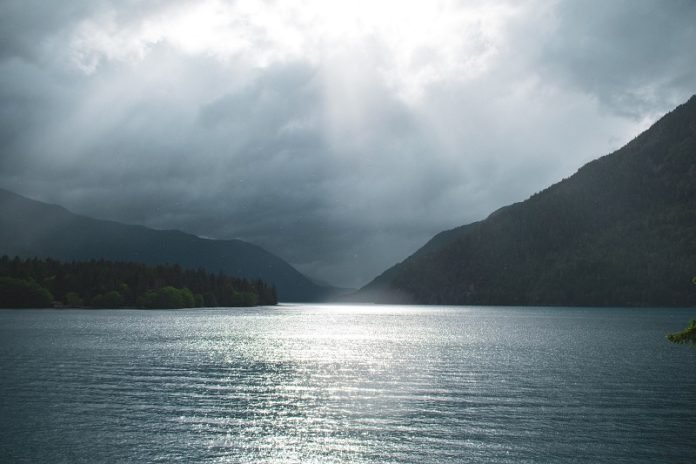
Long ago, Earth looked different than it does now.
Volcanoes erupted regularly, meteorites slammed into the surface, and dangerous gases like methane made the air hard to breathe.
The world wasn’t filled with oxygen, which we need to live, and it wasn’t a beautiful green planet yet. But it did have unique types of bacteria like purple sulfur bacteria (PSB) and green sulfur bacteria (GSB).
These guys helped create life as we know it today by producing organic matter through photosynthesis.
Dr. William Gilhooly III, an Earth Sciences professor at the IUPUI School of Science, along with his research team, recently visited northeast Washington.
They were interested in studying PSB and GSB in lakes where oxygen is scarce, as these are the places these bacteria call home.
What they found could change how we understand these ancient bacteria and could also help us understand current lake ecology.
Typically, scientists have thought that purple bacteria need lots of sunlight and can’t handle too much hydrogen sulfide, which is a type of gas. This means they usually hang out near the surface of water bodies.
Green bacteria, on the other hand, don’t need as much sunlight and can handle more hydrogen sulfide, so they tend to live deeper in the water, beneath the purple bacteria.
But the bacteria in the Washington lakes were breaking these rules. Sometimes, the purple and green bacteria were all mixed up.
Other times, only one type was present. So the researchers decided to test a theory proposed by Alice Bosco-Santos from the University of Lausanne, Switzerland. She wondered if the bacteria were infected with viruses.
Turns out, they were!
“We found that all these bacteria had virus genes in their DNA,” explained Dr. Gilhooly. “The viruses are infecting the bacteria, messing with their DNA, and making the bacteria do stuff for them.
In the past, when we saw a lot of PSB, they were producing lots of chlorophyll (which gives them their purple color).
But now we realize that it might be the viruses inside them causing this. So, it’s not just the environment or climate that affects how these bacteria behave, but hidden biological factors like viruses too.”
While these discoveries change our understanding of purple and green bacteria, they also pose more questions. How long have viruses been controlling these bacteria? Which other bacteria might be influenced by viruses? What are the effects, good or bad, of these infections?
But why should we care about bacteria in some remote lakes? Dr. Gilhooly thinks these viral infections might not just affect PSB and GSB. Other troublesome bacteria, like cyanobacteria, could also be under viral control.
This is important because cyanobacteria can negatively impact water quality and cause harm to animals. So, understanding these viral interactions could be a crucial first step in improving our water ecosystems.
“It’s really important for us to understand what’s happening in our local lakes,” Gilhooly said. “Cyanobacteria blooms, for example, can be a big problem and are toxic to animals. If PSB and GSB are controlled by viruses, then it’s likely other water bacteria are too.”



